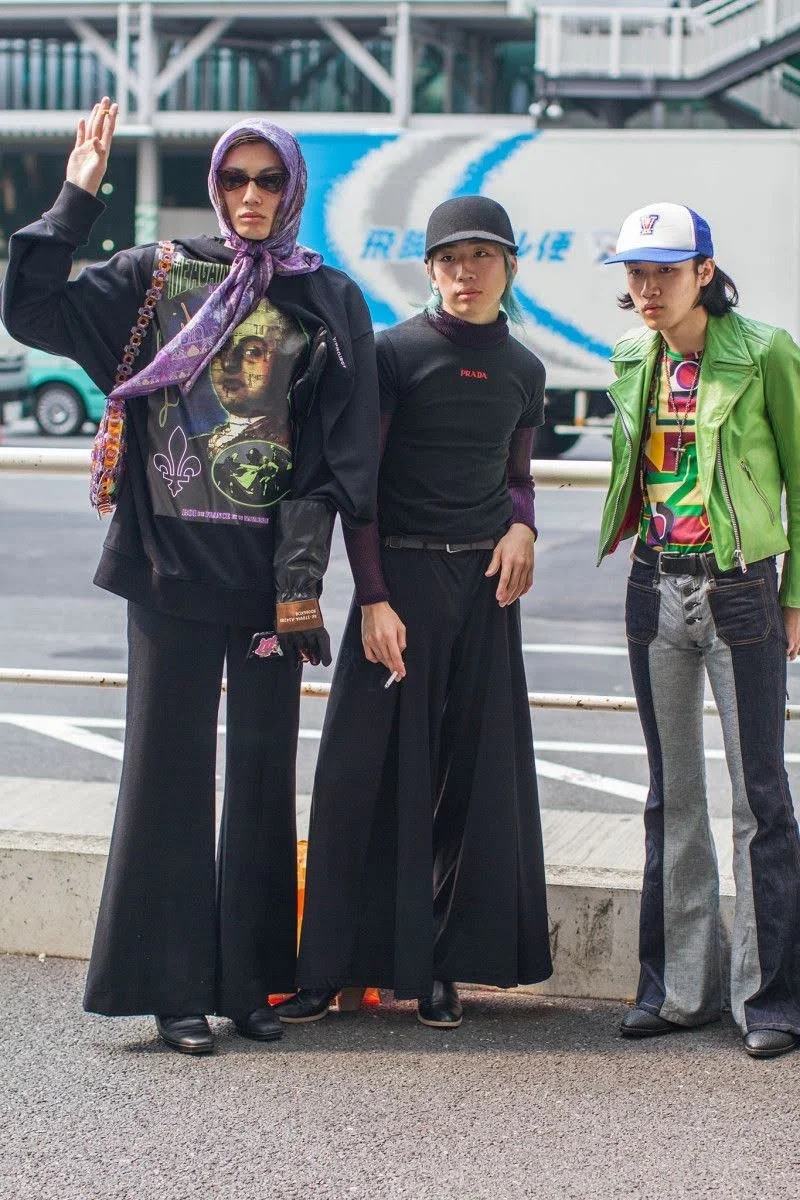Framework of Inspiration —A discussion on authenticity
Written by Duy Tran
In today’s age, inspiration is just around the corner, even under your thumb. A couple of taps gets you exposed to the latest and greatest of fashion and beauty. From Kylie Jenner’s appearance in a magazine spread to underground fashion collectives, avant-garde streetwear, and indie designer drops that are making waves before most people even notice. But I want to challenge this notion of “inspiration”. How often do we question the content we are exposed to and dissect why they are appealing to us? Could what we perceive as creativity really just be a marketing scheme? The answer is complex.
Are we really inspired?
While TikTok, Instagram, and other social media are enormous sources of creativity that have the power to uplift our own artistry, most content lies within a constant push toward consumption, where inspiration is quickly commodified into endless wants. But if we slow down long enough and ask why something moves us, we begin to uncover more than inspiration – we uncover ourselves. As an advocate of creativity, I encourage us all to shift our perspective and examine these contents critically, which not only filters out the noise but also deepens our understanding of who we are. I acknowledge that not everyone has the luxury to immerse themselves in fashion, but for anyone who is deeply passionate about the subject, you may find value in this practice. Ultimately, inspiration becomes meaningful only when we internalize it, transforming something we see into something we feel.
Clothes as Expression, not Identity
The first cardinal rule: we are not our clothes. There is no piece complicated enough to capture the intricacies of our personality, no combination of garments can articulate the multifaceted characters that we all are. Relieve your clothes of this expectation. In essence, clothes are a form of play that we choose to participate in, simulating characters that extend our experience, adding to rather than replacing our identity. Without the wearer, our garments don’t intrinsically carry any meaning. So rather than asking if a garment represents who you are, focus on how it makes you feel. Do you sense the composure in the crisp poplin, the flirtation in the red sundress, or the cheekiness in the mini skirt? Does that stiletto make you feel scandalous, that leather jacket make you feel audacious, that scarf swirl make you feel vivacious? These subtle inclinations, when noticed, give us a clue to further explore what feels “me.”
Deciphering Inspiration
Understanding the emotions our clothes evoke gives us the directions; the next step is to observe and collect what resonates visually. Translating feelings into imagery through an inspiration board helps clarify patterns in taste, mood, and identity.
An inspiration board gives us a mirror to our understanding of ourselves, by first familiarizing ourselves with how different aesthetics are put into practice. An inspiration board should inform you of the attitude, guide your styling in different ways, but shouldn’t impede our style from branching out and experimenting. Learning the overview of what makes a look inspire you should be the guidance you need, without heavily focusing on each article of clothing.
If we were to be technical on why a single outfit works, observing the emotions carried in the images, notice how the person in the photo carries themselves: their posture, their expression, their presence. How about the styling? Try breaking down the outfit into categories along different axes: formality, texture, and color. For instance, a crisp shirt styled with something more relaxed might strike that perfect “effortlessly put together” balance. Maybe the secret is in the characteristics of the items? A soft, unpadded shoulder of a coat would exude a different sensation than the solemness of a structured one.
Fashion as a Dialogue
Clothes can’t change who you are, nor do they possess the power to transform you into a character that fundamentally conflicts with your authentic self. It is rather a multiplier, magnifying and extending what makes you … you. So, to really be the coolest person you can be, you have to be yourself. Only then can external inspirations inspire your evolution, transforming images, moods, and trends into forms that resonate with who you truly are. Ultimately, what we call “personal style” is a recursive process of borrowing and experimenting, knowing ourselves and learning to be expressive. With time and practice, fashion becomes a unique language, capable of transcribing our intricate inner world, and dressing becomes part of that dialogue, bridging the invisible into something seen, felt, and lived.



